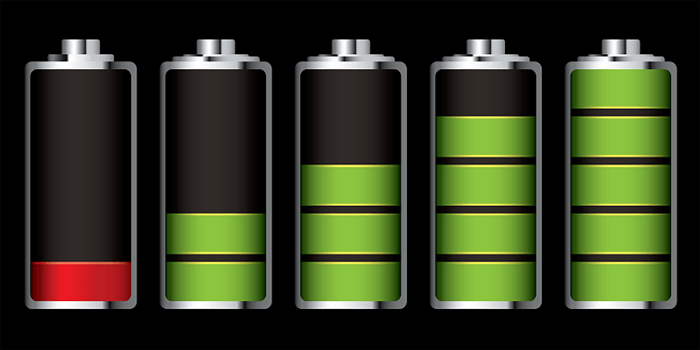
In Malaysia, the battery is one of the top factors to look out for when buying a smartphone. In fact, almost every smartphone user has a power bank no matter how big their smartphone's battery capacity is, and the sad thing is we have no way of improving the longevity except using quick charge technology and other similar ways...or is it?
According to sources, engineers are trying out new methods for an environmental friendly batteries. From leaves to sugar, these methods and innovations are hoping to improve battery life and perform better. Let's take a look of what they are experimenting so far:
The leaf battery

In the University of Maryland, some researchers are using oak leaves to serve as their batteries' negative terminal (anode). Why oak leaves? Because oak leaves can be heated to a 1000 degrees Celsius eliminating existing carbon structures, after that, electrolytes are introduced to the leaf's pores for absorption, resulting in a plant-based anode that behaves quite similar to the traditional battery components.
They are also trying out other natural materials, like banana peels, melon skins, peat moss and others. Professor Oak would be pretty impressed (yes, that's a Pokemon pun joke).
The graphene battery
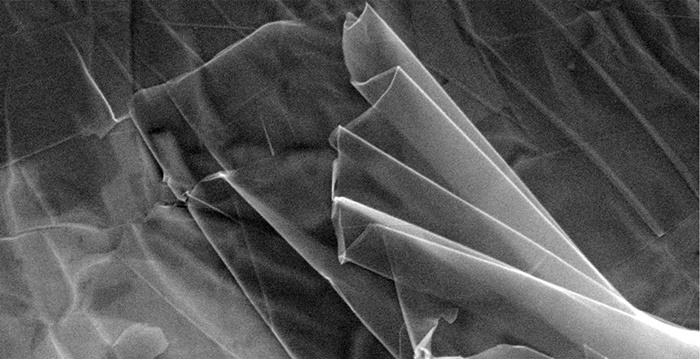
In terms of rechargeable batteries, Swinburn University (Australia) has discovered a new graphene-base battery with super charging abilities, not only that, but it has enough durability to last forever (virtually). If lithium is replaced with graphene, this could actually boost the charging speed fully in a few seconds, should this prove successful with further testing; it has the potential to reduce toxic wastage on the environment, it also cost less to produce graphene than lithium-ion batteries.
The sugar battery
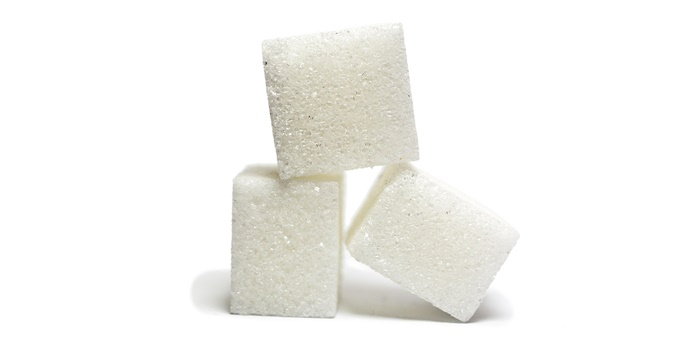
Meanwhile, somewhere in Virginia where a "sweet" experiment was carried out by a tech team, they developed a sugar-type battery that could last pretty long. According to their research, the reason why it could last so long is because of an element called Maltodextrin, which is a polysaccharide made out of partial hydrolysis of starch, it can be used as a fuel when isolated from the natural sugar; then releases electrons from there after combining with the air, generating electricity. Wow, talk about a biodegradable battery.
The gold battery
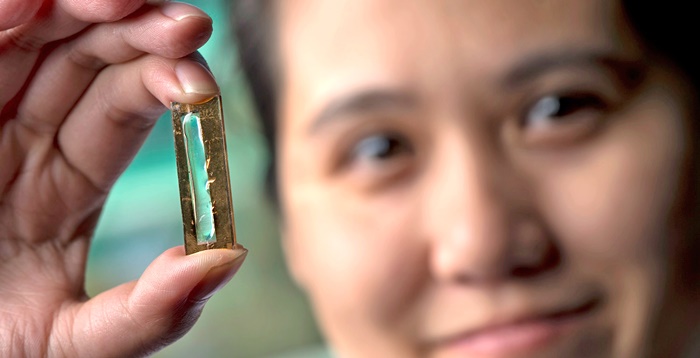
Moving on, at the University of California, an accidental discovery was made by Irvine and his team. The discovery was using gold and some new-fangled materials forged into a nanowire battery, basically, it's the battery using a thin core of gold on an electrode nanowires surrounded by layers of manganese dioxide and a Plexiglas-like electrolyte gel, protecting the battery.
So what's the difference between that and your typical lithium-ion battery? Well, the lithium-ion battery tends to degrade overtime, but not the gold one.
The "self destruct" battery
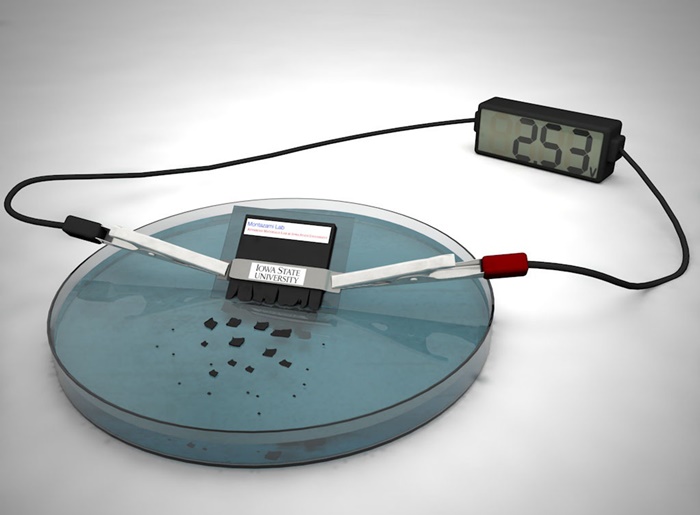
No one likes the term self-destruct after what happened with Samsung's latest product mishap, but in this case, a team from Iowa State University have designed a single-use battery that can be dissolved when triggered by light, heat or liquid. This innovation can decrease pollution drastically in the environment, and suitable for military applications, certain medical devices and so-called "transient" devices that use a power source for a finite amount of time.
The edible saltwater battery
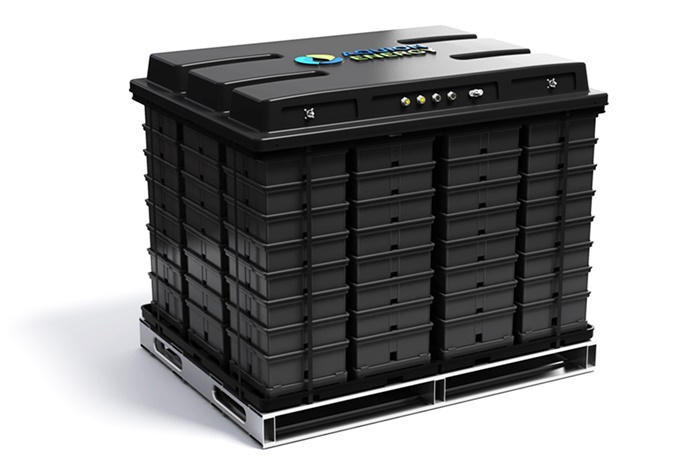
An edible saltwater battery? It's not what you're thinking, but rather it means how the battery can be natural and eco-friendly by "eating" parts of the saltwater-based battery. Designed for large-scale jobs, the components inside the battery are composed of dirt, cotton, carbon and saltwater, all these materials are acting as an electrolyte solution. This is also perfect for business that relies on renewable energy sources like wind and solar, and is able to charged up with an off-peak grid power, saving money in the process.
So what do you think? Quite an exciting future isn't it? Stay tuned for more tech savvy articles from Technave.com.
[Source]












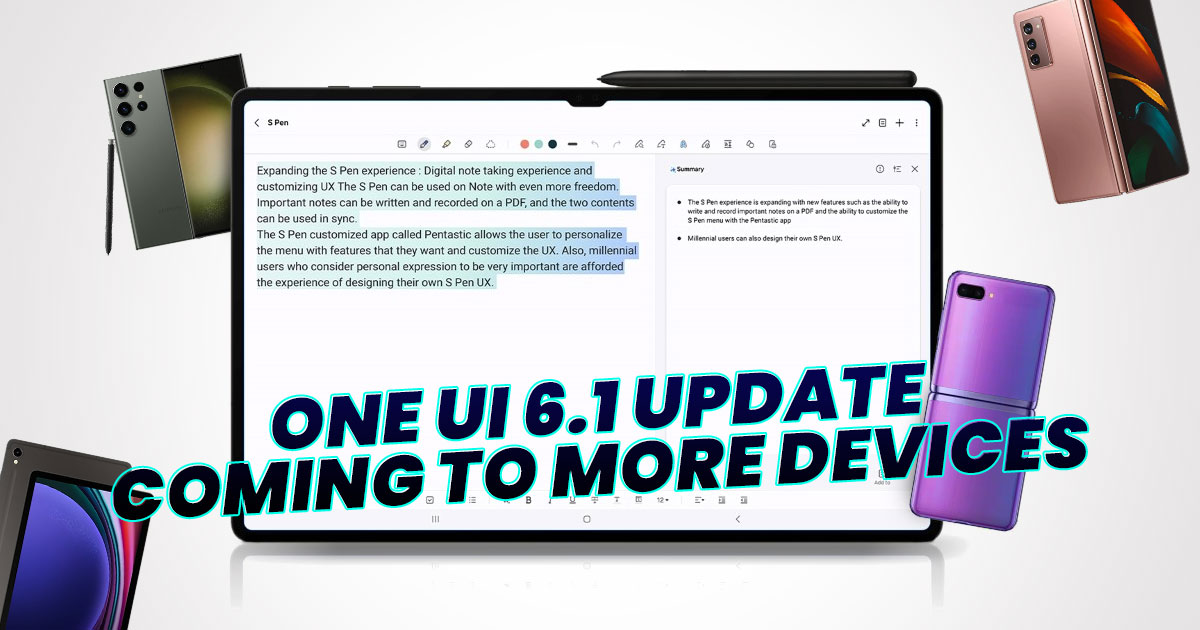


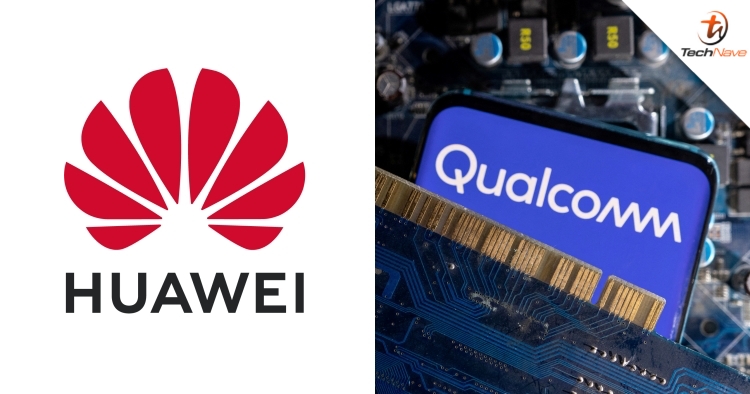
COMMENTS